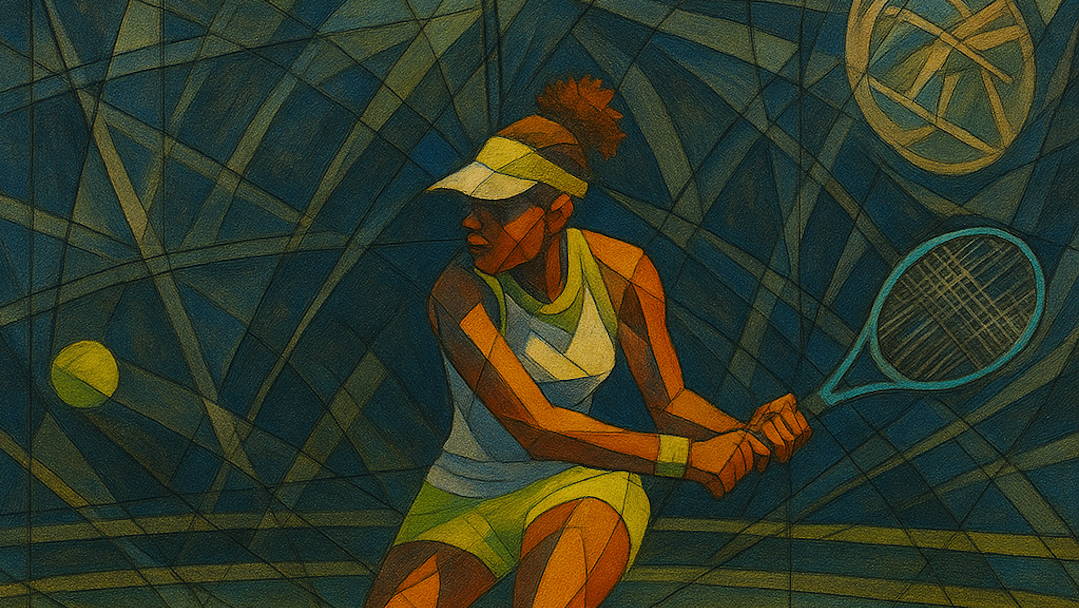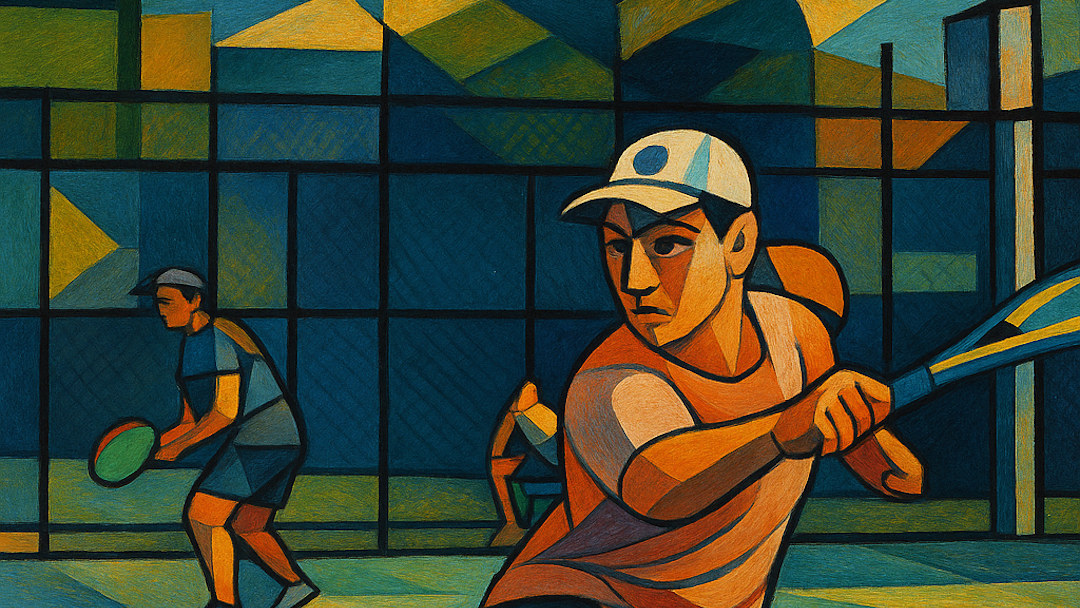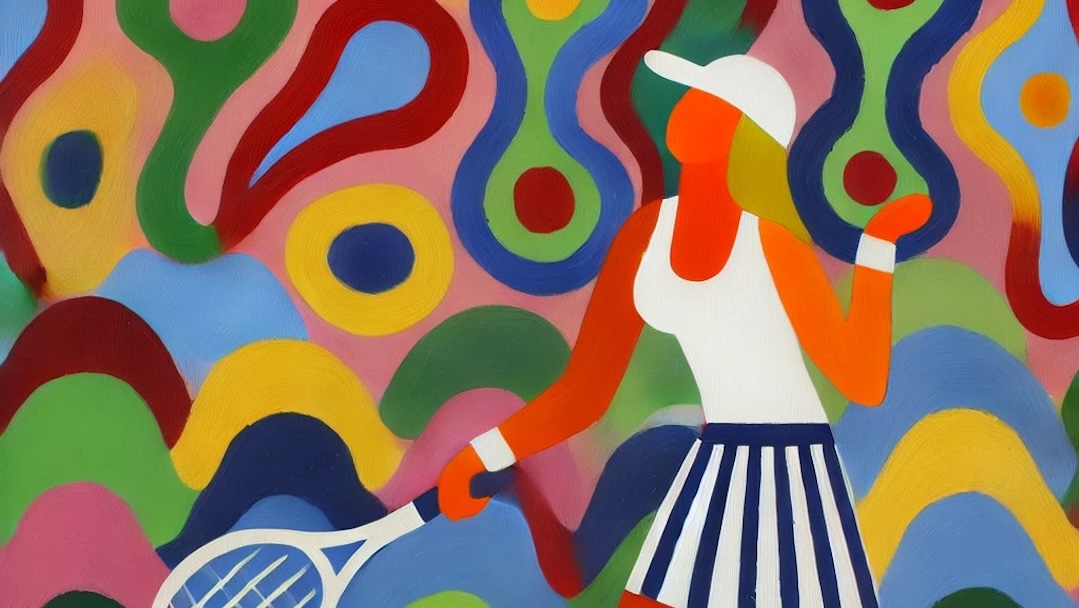I first wrote about Christopher Clarey when reviewing The Master: The Long Run and Beautiful Game of Roger Federer. At the time, I blandly noted that the sportswriter was a highly regarded tennis correspondent for the New York Times. Clarey’s new tennis biography, The Warrior: Rafael Nadal and His Kingdom of Clay firmly ensconces him as one of the best tennis biographers of the modern era.
In The Warrior, Clarey takes full advantage of his decades of tennis reporting, time spent living in Paris, and fluency in both French and Spanish to write what is undeniably the most comprehensive and authoritative biographies of Nadal ever written. Additionally, he enjoyed inside access to Nadal, Carlos Moya, and a host of current and former players including Roger Federer and Novak Djokovic. In fact, the Author’s Acknowledgements section reads like a who’s who in professional tennis. Those collective insights allow Clarey to bring incredible new depth to Nadal’s storylines that are already very familiar to even casual tennis fans.
I recently shared a novel theory that playing on clay courts can help players develop line call accuracy. Clarey makes a comparison between Nadal and the surface that extends the scope of that perspective. “Clay court tennis suits his values, and surely some of those values came from clay court tennis: the work ethic, the aversion to shortcuts, the need to think of others by pulling the drag mat after a practice session to smooth out the surface and the bumps for the next players.” That observation is a powerful endorsement that the court surface itself may shape the player as much as their playing style.
The Warrior, as the title suggests, centers around Nadal’s dominance on red clay, specifically at Roland Garros. However, this book also contains so much more than that. Clarey puts his storytelling prowess on full display, including detailed vignettes on other dominant clay court players, Roland Garros (the French Aviator), Roland-Garros (the Tennis Tournament), and Philippe Chatrier. Clarey also builds a compelling case for the blasphemous idea that Har-Tru might be superior to red clay.
One of the most surprising aspects of reading The Warrior was the unexpected emotional weight I felt as Clarey chronicled the final chapters of Nadal’s career. I found myself genuinely saddened as the narrative turned toward the relentless string of injuries and the growing shadow of physical decline. That reaction is a testament to Clarey’s skill to bring the reader into Nadal’s inner world, and illuminating the toll that his efforts took on the player’s body and spirit. By revealing Nadal’s struggle to let go, this book fosters a deep emotional connection that lingers well beyond the final page.

The Warrior: Rafael Nadal and His Kingdom of Clay (<- Sponsored Link)
The Warrior: Rafael Nadal and His Kingdom of Clay is a reminder that greatness is never accidental. While the debate between who was the greatest tennis player of all time will likely never be completely resolved, it is undisputed that Nadal stands alone when the surface is clay. This book is essential reading for anyone even remotely interested in tennis. It is also a powerful testament to the greatness of the sport.
Fiend At Court participates in the Amazon Associates program and receives a paid commission on any purchases made via the links in this article. Details on the disposition of proceeds are available on the “About Fiend at Court” page.




A very good review.
He was the undoubted King of Roland-Garros. Playing him in a three set match on clay must have been daunting – but to play against him with the best of five set format presented a monumental challenge few could even contemplate!
Fo amyone who has played on red clay, there can be no doubt that Har Tru is much better! Just try cleaning socks and shoes after playing on red clay and you will know why!